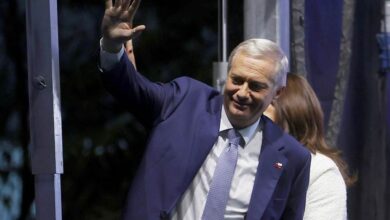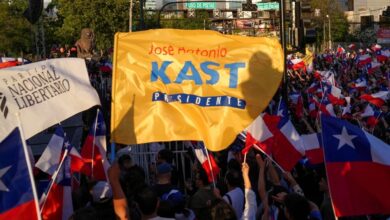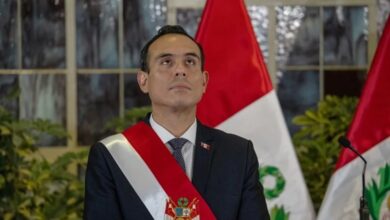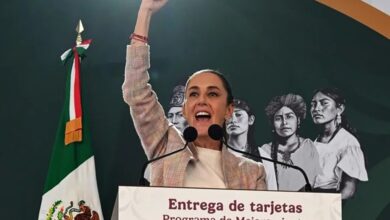Haiti Confronts One-Year of Presidential Council’s Transition Turmoil
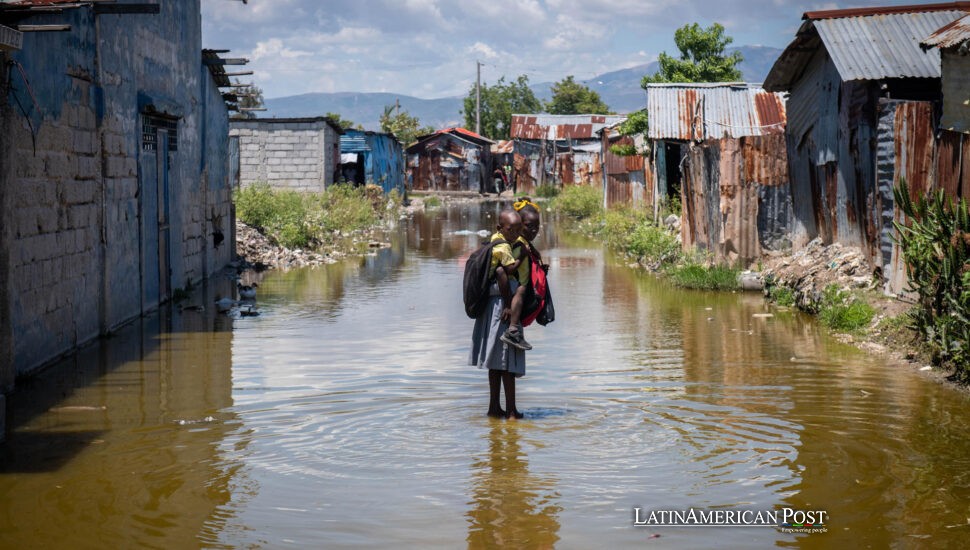
One year after Haiti’s Presidential Transition Council (PTC) took office, its promised reforms—improving security, pursuing constitutional changes, and organizing elections—remain unrealized. As violence escalates and displacements soar, public impatience swells in a country plunged deeper into uncertainty each day.
Hope and Stagnation: The PTC’s First Year
In April 2024, the Haitian Presidential Transition Council obtained authority following significant events. Previous Prime Minister Ariel Henry left his post. An agreement supposedly secured a simple shift to stable rule prompted this. Called a success, the nine-member Council (seven with votes, two as observers) agreed to handle Haiti’s extensive insecurity. The Council also decided to prepare for elections. It will redo the country’s constitutional structure.
Yet as the months passed, these grand pronouncements faltered. The PTC, cycling through three rotating presidents—Edgard Leblanc Fils, Leslie Voltaire, and now Fritz Alphonse Jean—found itself bogged down in bureaucracy and choked by gang violence. According to local observers, key pledges involving restoring security in urban areas, fighting corruption, and launching constitutional referendums stagnated. Some critics mention recent changes in Haitian governments. They caution that the PTC could destabilize the nation’s politics without prompt action.
At the same time, a worried public carefully observes each new public statement. Anger intensifies in the face of daily kidnappings and homicides, particularly in the capital, Port-au-Prince, where powerful gangs control the center. Ordinary citizens see the PTC’s repeated vows to stem the wave of violence go unfulfilled, and they despair at the Council’s inability to recruit enough reliable law enforcement or quell entrenched criminal networks.
Displacement and Rising Humanitarian Crisis
The scenario for many Haitians deteriorated further over the last year as gang turf wars forced families to flee. The United Nations estimates that more than a million residents—over half of them children—have become internally displaced, a staggering leap since the PTC took charge. Makeshift camps appeared near the city. They did not have clean water. There was not enough shelter or medical care there.
The Council sometimes distributed food and help kits, but this action did not solve the primary issue. Haiti currently faces a growing humanitarian crisis. Malnutrition spreads as the economy declines further. Specialists predict that about 5.7 million people will experience considerable food deficits by June. This situation shows the gravity of the country’s problems. Though the PTC promised to rebuild structures besides creating a stable economy, analysts claim little change points to a lack of leadership.
Frustrated communities in high-risk neighborhoods staged protests demanding immediate safety measures—or, failing that, the Council’s resignation. Demonstrators pleaded for a more assertive government crackdown on gangs, only for police forces to respond harshly, dispersing marches. The public is disillusioned, watching their city slip further under criminal control while government offices retreat to safer suburban enclaves.
The Absent Reforms and Political Countdown
The Council failed to achieve its objectives regarding the constitutional and institutional reform plan which it delayed. The proposed changes fail to move beyond theory when it comes to fundamental aspects such as legal principles and electoral access improvements along with security system redesigns. The suggestions lack concrete action. Moving forward, these concepts need to be converted into practical applications. Council members insisted they would champion robust public input, yet official announcements of dialogue have yielded scant progress.
Similarly, the PTC never established the promised oversight body to supervise government actions until legislative seats were filled. Instead of holding top officials accountable, the Council gets bogged down by each crisis and internal disagreement. Observers note that certain efforts did materialize: the creation of a new Provisional Electoral Council, the capture of a few high-profile gang collaborators, and the advancement of talks on a potential referendum. But the pace lags far behind the dire stakes on the streets.
Beyond domestic gridlock, Haiti’s situation has drawn international concern. In mid-2023, a security mission involving multiple nations started, with Kenya in the lead. The goal was to make the local police better at their job. Gang members killed two people from Kenya. This made the feeling of lawlessness even greater. Haitian police plus military people also experience substantial deaths in ambushes that happen frequently. They are unable to take back areas from groups. These groups seem to have access to more funds and superior weapons.
The clock ticks loudly: the PTC’s term ends on February 7, 2026, when a newly elected president should be inaugurated. According to the accord establishing the transition, no extension is permitted. Should the Council fail to hold credible elections before that date, Haiti risks fresh limbo—a new “transition” overshadowing this one, sinking the nation into another uncharted phase.
Art Reflecting Reality: A Latin American Tradition
In Latin America, art has historically been a powerful lens into sociopolitical struggles—from the Mexican muralist movement in the early 20th century to street graffiti protesting military dictatorships across the Southern Cone. Haiti shows something similar. The painting plus sculpture community, with its many qualities, has often demonstrated area problems, from weather events to issues with government and society. It presents the clear truth different from government statements to people from other countries. The actuality of people forced to move, fighting with a change that has not concluded, connects to a wider custom. In times of trouble, Latin American artists often show people suffering besides putting sadness and fighting back into a cultural account that creates feelings.
Parallels to Argentina’s Mothers of the Plaza de Mayo or the community art projects blossoming in Chile under Augusto Pinochet highlight how creativity can serve as a protest and a collective memory. Haitians, too, express their defiance through color, music, and stories, whether capturing the spirit of open-air markets or the anguish of displacement. Artistic channels preserve local identity despite instability. Such channels connect civic space plus promote hopes for freedom in the future.
The policy restricts the PTC’s ability to deal with community matters, which impact cultural practices. Murals and songs from Haiti can present people’s suffering, but much of it stays inside risky neighborhoods. It seldom travels past the capital. The connection between art and activism struggles to alter rules without firm guidance that backs such expressions.
That synergy led some Haitian observers to look elsewhere in the region, gleaning lessons from El Salvador’s peace negotiations or Colombia’s transitional justice programs. In these countries, even partial successes required cohesive leadership, broad consultations, and willingness from top stakeholders to compromise. Haiti’s Council, critics argue, might glean valuable strategies from those experiences—if only it had the momentum to do so.
Ultimately, the Council’s first anniversary underscores a tragic irony: established to break the cycle of caretaker governments and repeated crises, the PTC has become another chapter in Haiti’s saga of uncertainty. Frustration simmers among citizens who hoped for at least partial improvements—in daily security, functional courts, or a pathway to legitimate elections.
As the following transitional window approaches and the specter of a political vacuum looms again, many Haitians cling to modest dreams: the opportunity to move about their city without fear, the return of neighbors uprooted by violence, and credible leadership that transcends old patterns of stagnation. Whether these hopes can be realized before February 2026 depends primarily on whether the Council musters the political courage to push comprehensive reforms that respond to the wide-ranging social anxieties laid bare by ongoing turmoil.
Also Read: Brazil Celebrates Four Centuries of Bahia’s Recaptured Legacy
A year after its conception, Haiti’s Presidential Transition Council stands at a crossroads. The PTC’s time followed a common national trend: hope at first, then discouragement because of difficulties that became too hard to handle. Latin American history suggests that success needs agreement, honesty, and a firm dedication to solving fundamental problems that cause disorder. Additional disasters happen, so Haiti’s future is unclear, like tomorrow’s news. Little time remains for valuable changes.

